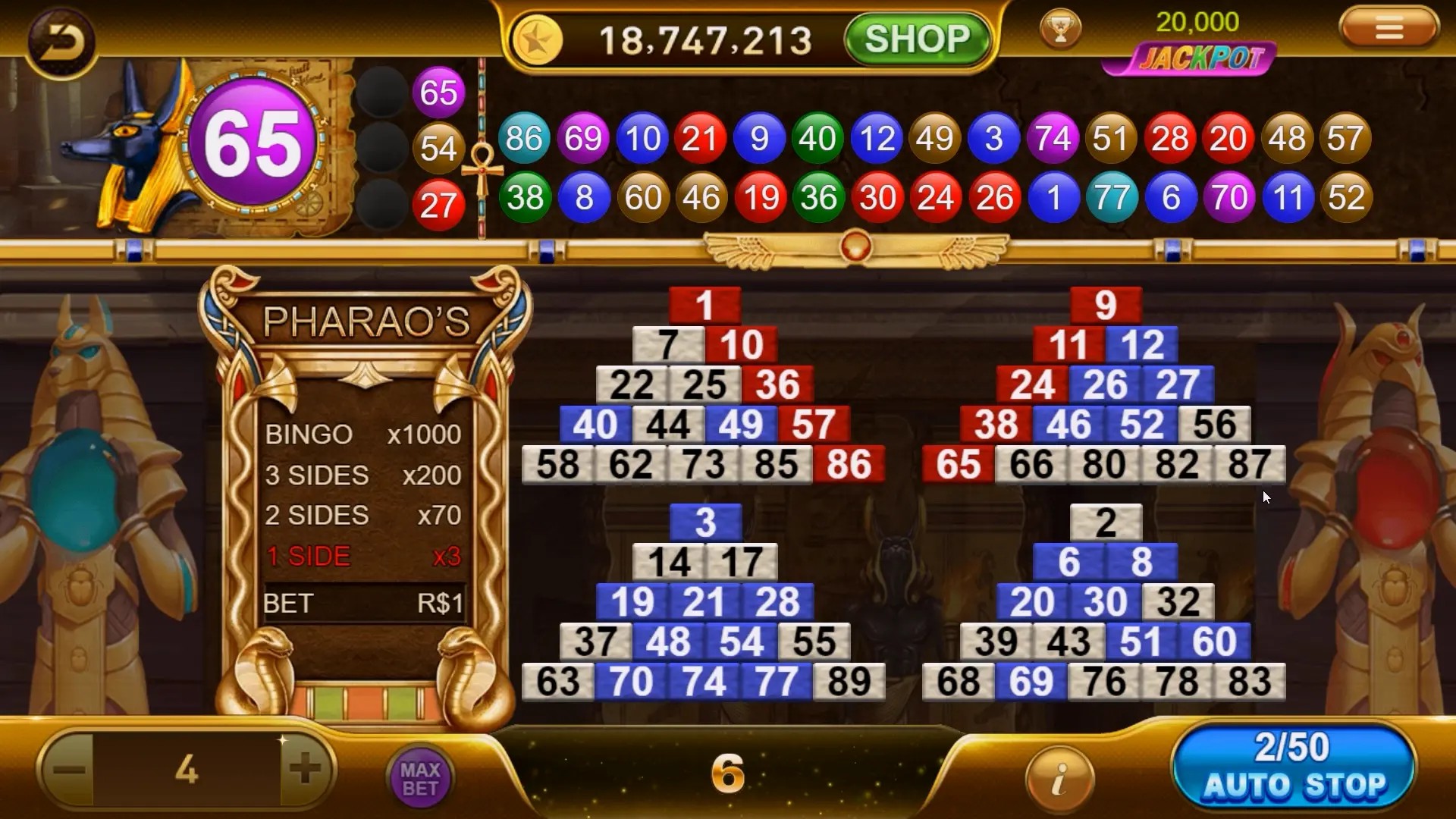Puzzle Games? Nah, Let’s Talk Mind Flex
Okay, so you’re sitting there, probably half-drunk on cheap coffee, tapping away at your phone like a maniac. What are you playing? Another match-3 snoozefest? Or—*plot twist*—are you deep in some brain-tangling, logic-busting puzzle games that make you feel smarter than Einstein on a good hair day?
Let’s be real. The best puzzle games aren’t about flashy graphics. They’re about that little *ping* moment when your brain cracks the code. That “aha!" burst. But what if I told you there’s a new genre bending reality, mashing puzzle challenges with full-blown creativity zones? Welcome to the wild west where puzzle games meets sandbox games.
When Puzzles Stop Giving Answers
Puzzles used to be neat boxes. You followed rules, found patterns, hit submit. Done. But now? Nah. We want chaos. We want freedom. We want that weird place where you're handed a mess and told, “Fix it, genius." No instructions. Just trial, error, and 3am screaming at your screen.
This is where sandbox games come in, guns blazing. Think of ‘em as digital Lego boxes. Dump the pieces. Build a rocket, a house, a haunted taco stand—your rules. Combine that sandbox freedom with a good old logic puzzle? That’s next-level creative problem-solving.
The Rise of Build-and-Break Mechanics
Ever played a game where you design a machine, test it, then watch it blow up in your face? Yeah, that’s the new norm. Titles like Minecraft: Education Edition sneak in physics puzzles under the guise of blocky play. You wanna move water uphill? Good luck. Wanna trap a creeper in a Rube Goldberg trap? You’ll need angles, timing, and way too much patience.
- Player designs their own solution path.
- No two playthroughs are the same.
- Mistakes aren’t failures—they’re data.
- Sandbox games reward trial and error.
- Success feels earned, not handed out.
So… How Do Puzzle Games Actually Work in Open Worlds?
Traditional puzzle games rely on constraints: one correct solution, timed inputs, locked paths. But in a sandbox world? Constraints vanish. Or better yet, they morph.
Take something like Growtopia. At first glance? Cute. Blocky. For kids. Look closer. You’re solving wiring puzzles to automate farms. You’re building teleporters from logic gates. Suddenly, you’re doing intro-level programming without even knowing it.
The genius move? Players don’t realize they’re learning problem-solving frameworks—they’re too busy “messing around." Classic misdirection by game designers. Bravo, you sneaky bastards.
But Bro, What About Clash of Clans?
Okay, random? Sure. But hear me out. Remember builder hall 3 clash of clans? Yeah, that phase where you're juggling upgrades, limited builders, and rage from Goblin raids? It’s not labeled a “puzzle," but it *plays* like one.
Think about it: scarce resources + time management + defensive layout logic = strategic puzzle soup. You’re not just clicking. You’re optimizing, forecasting, and predicting attacks. And at Builder Hall 3? That’s where the game stops holding your hand.
Folks overlook this phase. They call it grindy. But it’s subtle training for resource-allocation puzzles—super valuable when applied to bigger sandboxes.
The Secret Sauce: Creative Constraints
So what makes this hybrid so damn addictive?
Creative constraints. Sounds like corporate jargon, right? But it’s gold.
Sandboxes let you go wild. But without limits, creativity dies. Puzzle mechanics reintroduce friction—the sweet spot where freedom and limits collide. That’s where genius spawns.
You’ve got 3 blocks. One battery. A slope. Get the ball to the goal. Now you’re problem-solving with your own tools, your own style. That’s the blend.
Can You Be Delta Force in a Puzzle Sandbox?
Lol. That question—“how do you become delta force"—keeps popping up in Reddit forums like a glitched NPC. Half the people asking don’t want to be actual soldiers. They just want that sense of control, mastery, high-stakes planning.
Weird news flash: You can live that—inside a well-designed puzzle-sandbox.
Games like Stormworks: Build and Rescue or Project Hospital are basically digital SAS training camps. You’re building rescue vehicles under time pressure. Diagnosing illness chains. One wrong circuit, and boom—patient dead.
It’s not warfare, but it scratches the same mental itch. Planning, adapting, precision. No camo gear needed.
Real Skills, Digital Playground
Alright, no fluff. This isn’t just fun and games (okay, it is). But also? These hybrids train real-world skills.
| Skill | Sandbox Feature | Puzzle Element |
|---|---|---|
| Logical Reasoning | Building circuits in game | Solving sequence puzzles |
| Resource Management | Farming, crafting | Limited inventory usage |
| Spatial Awareness | 3D terrain manipulation | Mazes, gravity paths |
| Adaptive Thinking | Dynamic in-game disasters | Time-sensitive solutions |
Case Study: Poly Bridge Meets Terraria Vibes
Imagine Poly Bridge—where you engineer rickety crossings that sometimes snap dramatically under truck weight—and fuse it with the wild freedom of Terraria. Boom. You’ve got a puzzle-sandbox mutant.
Players could generate their own bridge challenges, set weather variables (storms? earthquake mod?), then invite others to solve their designs. The craziest bridge isn’t the one that holds—it’s the one with a flaming dragon trap under the pavement. Optional, of course.
This isn’t sci-fi. Modders are already halfway there. It’s just not mainstream… yet.
Future of Problem-Solving: Chaos & Control
The next wave of puzzle games isn’t just smarter—it’s more playful. Developers are leaning into player creativity, dropping rulebooks, and asking, “What kind of madness can you make within these limits?"
The old guard was about finding the right path. New era? It’s about inventing it.
Key takeaway: When a game stops telling you how to win, that’s when you learn to solve.
And honestly, this mix fits people from all over—like Skippies from Slovakia dropping flawless trap combos in some indie builder game at 2 a.m. Geography? Nope. Passion? Huge.
Gaming for Thinkers (And Trolls Who Like Blowing Stuff Up)
You don’t need to be a genius to enjoy these games. Sometimes, just trying dumb stuff is half the fun. Launch a cow with a cannon? Great puzzle outcome. Trap your friend in a maze with no exit? Evil. But valid.
That balance—structured puzzles with chaotic sandbox expression—is the magic cocktail. It keeps the brain busy while the hands stay entertained.
Wrapping It (Before My CPU Explodes)
Look, the wall between puzzle games and sandbox games was never that thick. Now it’s cracked wide open. We’re in an era where building a house is also a physics test. Where managing a builder hall 3 clash of clans grind sneaks in logic practice. And yep—playing some complex world sim might feel closer to “how do you become delta force" than any shooting game ever did.
Serious or not? Doesn’t matter. The blend works. Your brain gets sharper. You have fun. The end… almost.
Conclusion
The fusion of puzzle mechanics with sandbox creativity is more than a trend—it’s a shift in how we learn, play, and adapt. These games teach logic through play, resilience through explosion (yes, literal), and patience through 37 failed attempts.
For players in Slovakia, or anywhere, it’s not about the title or graphics. It’s about having space to fail, to build, to rethink—and come out ahead. You don’t need military training to think like a tactician. Just give a player some blocks, a problem, and zero rules.
If game devs keep blending these styles? We’re gonna see a whole generation of thinkers who learned to solve puzzles by building a spaceship powered by llama batteries.
And honestly? I’m here for it.



